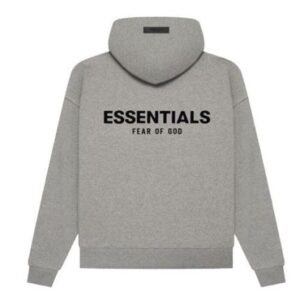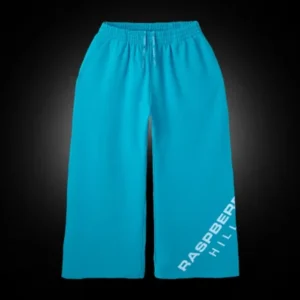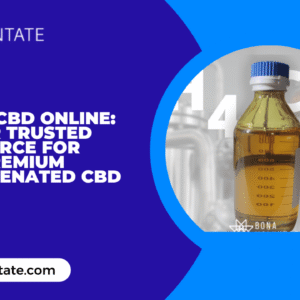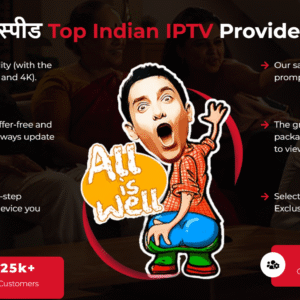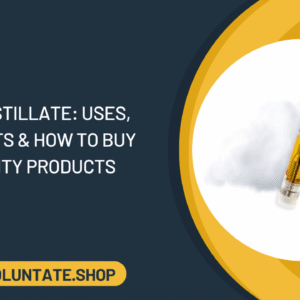In today’s competitive marketplace, packaging is no longer just a protective shell for a product—it’s a powerful branding tool. Consumers form impressions within seconds, and visually appealing, functional packaging can be the deciding factor between choosing your brand or a competitor’s. Among the innovations transforming this space, die cutting machine leading the charge, enabling packaging designers to create unique, precise, and cost-efficient solutions.
This article explores how die cutting machines are revolutionizing packaging design, the advantages they bring, and why businesses across industries are investing in this technology.
What is Die Cutting in Packaging?
Die cutting is a process that uses specialized tools called dies to cut, shape, or perforate materials with high precision. In packaging, these machines allow manufacturers to produce custom shapes, intricate designs, and foldable structures from materials like cardboard, paperboard, corrugated board, plastics, and even certain metals.
By replacing manual cutting with automated or semi-automated systems, die cutting machines ensure consistent quality, faster production times, and limitless design possibilities.
1. Precision and Consistency at Scale
One of the biggest advantages of die cutting machines in packaging design is unmatched accuracy. Whether producing hundreds or hundreds of thousands of units, each cut is identical to the last.
This consistency is essential for:
-
Brand image: Maintaining uniformity across packaging ensures brand recognition.
-
Fit and function: Packaging must precisely fit the product to protect it effectively.
-
Production efficiency: Fewer mistakes mean reduced waste and cost savings.
Advanced digital die cutters even use computer-controlled systems to adjust cutting patterns on the fly, eliminating the need for lengthy setup changes between runs.
2. Freedom to Create Unique Shapes and Designs
Traditional packaging was often limited to standard box or bag shapes, but die cutting technology has removed those constraints. Designers can now create eye-catching windows, curved edges, custom inserts, and interactive elements that grab consumer attention.
Examples include:
-
Window cut-outs to showcase the product inside without opening the package.
-
Custom-shaped cartons that reflect the product’s form or brand identity.
-
Layered textures and embossing to add tactile appeal.
-
Pop-up or 3D packaging elements for promotional campaigns.
This flexibility not only boosts aesthetics but also enhances customer engagement and perceived value.
3. Faster Prototyping and Short Runs
Before die cutting machines became widespread, creating custom packaging prototypes was costly and time-consuming. Today, digital die cutters can produce small-batch prototypes in hours instead of days, allowing brands to quickly test multiple designs before committing to large-scale production.
This is particularly useful for:
-
Seasonal product lines
-
Limited edition releases
-
Personalized packaging campaigns
-
Market testing before a full launch
Rapid prototyping also enables businesses to respond quickly to market trends and stay ahead of competitors.
4. Cost-Efficiency in the Long Run
While investing in a high-quality die cutting machine requires upfront capital, the long-term benefits far outweigh the initial cost:
-
Reduced waste due to precise cuts.
-
Lower labor costs thanks to automation.
-
Shorter turnaround times for production.
-
Reuse of dies for recurring packaging designs.
For companies producing packaging at scale, this translates to significant savings and faster return on investment.
5. Enabling Sustainable Packaging Solutions
With increasing consumer and regulatory pressure to adopt eco-friendly practices, die cutting machines are playing a crucial role in sustainable packaging design.
Here’s how:
-
Material optimization: Die cutters can nest shapes efficiently to minimize scrap.
-
Use of recyclable materials: Cardboard and paperboard can be precisely cut without damaging fibers, making them easier to recycle.
-
Innovative structural designs: Creating sturdy packaging with less material reduces environmental impact without sacrificing quality.
By integrating sustainability into packaging, brands not only appeal to environmentally conscious consumers but also reduce their overall material costs.
6. Integration with Printing and Branding
Modern die cutting machines can be paired with advanced printing technologies, such as digital or offset printing, to produce fully branded, ready-to-use packaging in a single streamlined process.
For example, a packaging workflow might look like this:
-
Print: Apply high-quality graphics, brand logos, and product information.
-
Die cut: Shape the printed sheet into the final packaging form.
-
Fold and glue: Assemble the packaging for product insertion.
This integration reduces handling time, ensures perfect alignment between print and cut, and improves overall brand presentation.
7. Expanding Beyond Traditional Packaging
The capabilities of die cutting machines extend far beyond standard boxes and labels. In the packaging industry, they are used for:
-
Custom inserts that hold products securely in place.
-
Point-of-sale displays that double as branding tools.
-
Promotional items like pop-up cards and gift boxes.
-
Luxury packaging with intricate cut-outs and foil accents.
This versatility allows brands to deliver memorable unboxing experiences, which can lead to higher customer loyalty and increased social media exposure.
The Future of Die Cutting in Packaging
Looking ahead, we can expect die cutting technology to continue evolving alongside trends in automation, personalization, and sustainability. Future advancements may include:
-
AI-powered design optimization for faster, smarter layouts.
-
Fully automated production lines that integrate printing, cutting, and assembly.
-
More eco-friendly cutting techniques to reduce energy consumption.
-
On-demand manufacturing for custom, small-batch packaging.
These innovations will make it easier for brands of all sizes to produce high-quality, unique, and eco-conscious packaging at competitive costs.
Final Thoughts
Die cutting machines have transformed the packaging industry from a purely functional necessity into a creative and strategic branding tool. They empower designers and manufacturers to create precise, unique, and sustainable packaging that stands out on the shelves and resonates with consumers.
For businesses, investing in die cutting technology means more than just upgrading machinery—it’s about unlocking the potential for better brand storytelling, faster production, and long-term savings.
In a market where first impressions can make or break a sale, the brands that embrace these advancements will lead the way in both design innovation and customer satisfaction.
